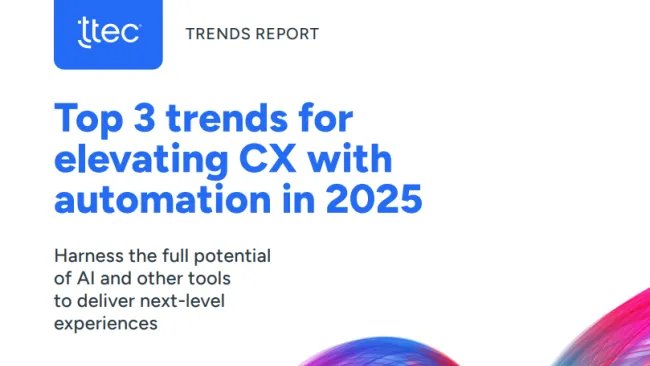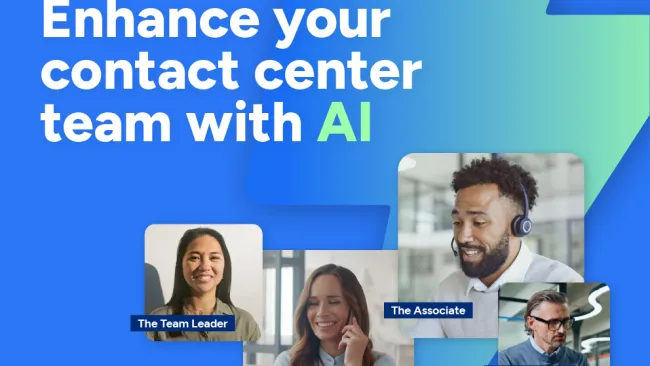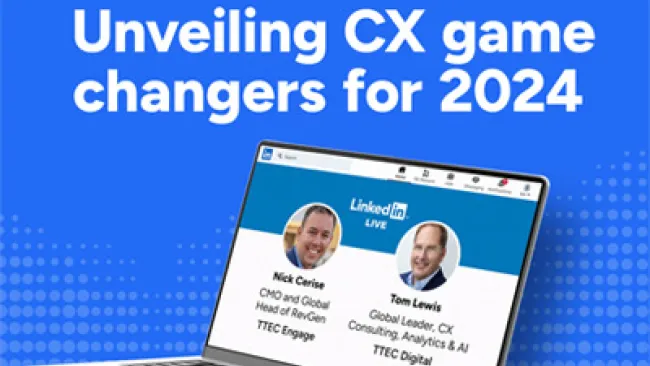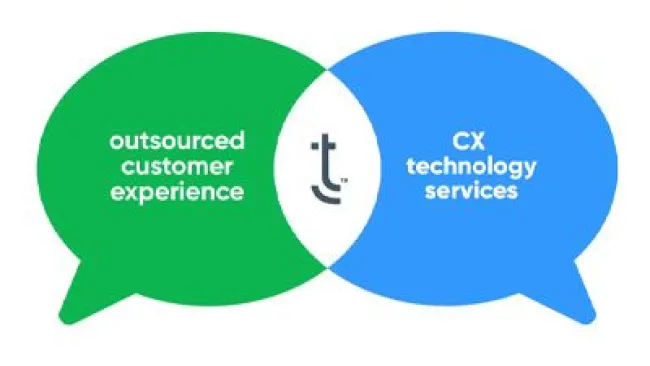When there’s an app for everything, how do businesses stand out?
Brands face increasing competition for keeping customers engaged on a crowded digital landscape. And in a world where a consumer’s first interaction with a brand will most likely occur online, companies have no choice but to reach out to digital-first consumers.
Here, we'll look at core strategies for keeping customers engaged.
Create a Unified Front
Before developing a sophisticated user interface or app, the entire organization must be on board with efforts to improve customer engagement. If you start with an IT-centric approach, you’re setting up silos of different strategies that won’t mesh into a cohesive strategy. The core of success is having a unified front from an organizational standpoint.
Simply put, when mapping out a strategy, make sure you have the right people in the room. This includes the digital marketing agency representative, the online digital team, customer support leaders, and top-level executives to rally the various teams together. Selecting the right vendor can wait, what’s more important is getting the necessary leaders and departments behind the initiative.
Communicate Effectively
Each team holds information about the customer that may benefit other teams, but legacy systems and databases make it difficult to align those insights. At the same time, not everyone needs access to the same data. Appointing a specialist to act as a liaison between teams is a quick solution to increasing collaboration.
Companies should also begin working on a long-term solution for fostering collaboration and sharing data more efficiently. Establishing protocols for adopting new platforms to avoid creating unnecessary silos can help, for instance. Additionally, implementing a master identifier makes it easier to track customer data across channels. A journey ID, for example, helps consolidate all the information you have about a certain customer and that will be useful for personalizing the experience.
Give Customers What They Want
While companies were once focused on driving app downloads, savvy app developers have realized that continued app engagement is more important in the long run. Over the past five years, there’s been a big shift from pushing app downloads to engaging current users. The emphasis is less on acquisition and more on driving conversions.
Reports have shown that about 80 percent of consumers will only use an app once. It’s the other 20 percent that companies should pay more attention to. What we’re hearing from companies is, ‘we want to invest in a really good experience for the 10 percent to 20 percent of people who actually use our app instead of worrying about the ones who rarely use it.’ Therefore, feedback surveys and other efforts to identify what customers want in an app or other products are critical.
Facebook is Not Your Friend
Be wary of relying on third-party platforms to engage customers. Although it’s important to have a presence on platforms with enormous reach, like Facebook and other social media sites, remember that these are ultimately businesses. There’s an ongoing debate about whether brands should create communities on Facebook, because it’s not a true community if brands don’t have control over the interactions. Facebook is great in many ways, but it’s not your friend. The ultimate goal of the marketer is to convert customers. Social media interactions are an important part of the customer engagement, but it’s not the end goal. If you’re not also bringing customers to your site and trying to upsell or convert them directly, you’re doing a disservice to your marketing strategy.
Provide a Clear Value Exchange
Most consumers today understand that brands ask for personal information like email addresses and phone numbers to continue the relationship. But consumers will be more likely to share information if there is a clear value exchange. People still get nervous about sharing their information, so explaining how sharing the information can benefit them and that you’re not in the business of selling their data can put a lot of your customers at ease.
Digital engagement can mean a lot of things, from marketing to first-time customers on a website to solving an issue through online chat. Regardless of the channel, the best companies strive to create a consistent and reliable brand experience. Smart companies are thinking of how to break down barriers to create a consistent experience. It’s not a radical concept, but keep in mind that if you’re not thinking this way, your competitors are.
Five Key Strategies for Digital-First Engagement
















